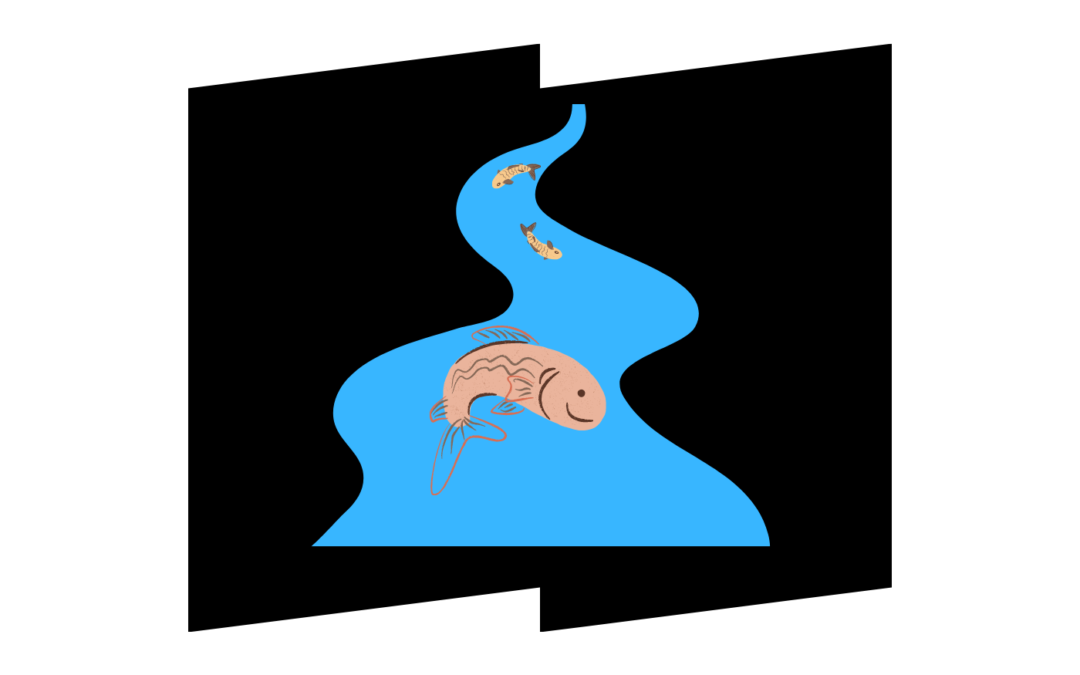Understanding connectivity data.
One of the challenges associated with integrating data of ecological connectivity in spatial planning is the wide variety of entities that move (e.g. organisms, genes, pollutants) and of movement processes (e.g. animal migration, larval dispersal, multi-generational gene flow, carbon flux). While there are many types and sources of data, connectivity data are most often expressed as matrices, where donor (or source) sites are rows, and the recipient (or destination) sites are columns. Alternatively, connectivity data may be stored in an edge list where the first column contains the donor site's unique identifier (IDs), the second column contains the recipient site's IDs, and the third column contains the connectivity value (similar to the boundary length modifier in Marxan).
Some spatial planners may have access to detailed connectivity information based on demographic data. Movement can be measured directly (e.g. individual tagging and tracking) or estimated (e.g. genetics or biophysical models). The strength of connectivity is measured as either a probability or absolute amount. The strength of ‘landscape connectivity’ (e.g. spatial isolation) can also be generated based on the Euclidean distance between habitats, or isolation by resistance (McRae, 2006).

REFERENCES.
Daigle RM, Metaxas A, Balbar AC, McGowan J, Treml EA, Kuempel CD, Possingham HP, Beger M. Operationalizing ecological connectivity in spatial conservation planning with Marxan Connect. Methods in Ecology and Evolution. 2020 Apr;11(4):570-9. https://doi.org/10.1111/2041-210X.13349
McRae, Brad H. "Isolation by resistance." Evolution 60.8 (2006): 1551-1561. https://onlinelibrary.wiley.com/doi/epdf/10.1111/j.0014-3820.2006.tb00500.x

